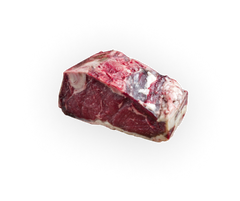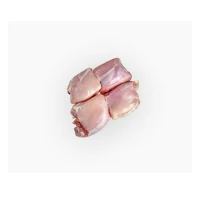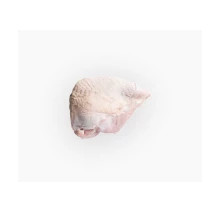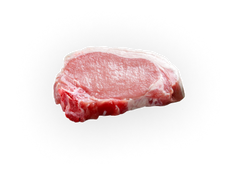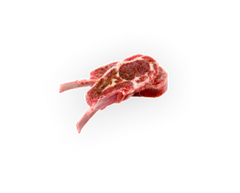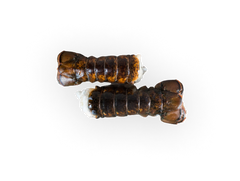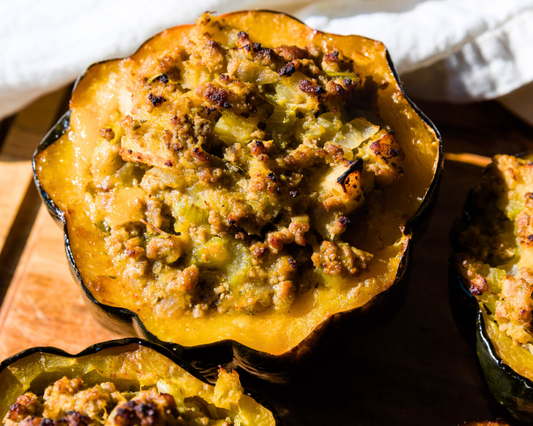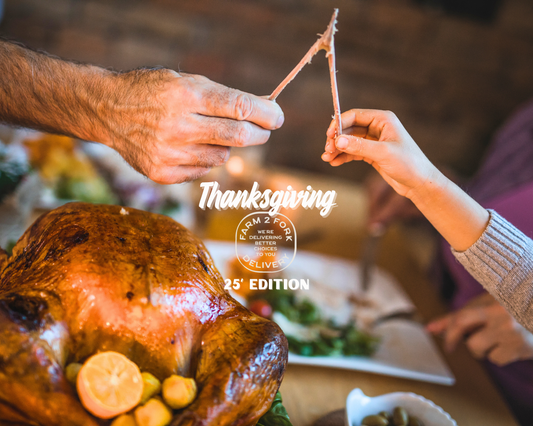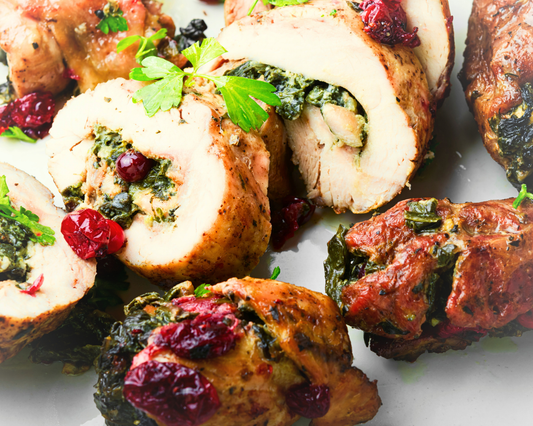Are you nervous about cooking scallops? Well, once you know a few tricks of the trade (including how Gordon Ramsay himself prepares his legendary scallops), making scallops at home is a cinch! There are 4 key variables to achieving succulent, flavourful scallops:
What Are The Best Scallops?
Your results can only be as delicious as the ingredients you choose to work with. Deciding what flavours will best match your dish is important;
- Bay scallops tend to be smaller and sweeter
- Sea scallops tend to be large and more neutral tasting.
The quality of either type is determined by its freshness, including its preservation method and where it comes from. Your scallops:
- Should smell mild and sea-like, not sharp or like chemicals
- Shouldn’t be fluorescent white (from iodines) or any have distortions to the surface which suggest freezer burn
‘Dry’ scallops are ideal because they have not been soaked in preservative liquids, meaning their flavour hasn't been compromised.
Picking the right scallops is easy with Farm2Fork. Our wild scallops are fresh as can be and are not preserved with chemical baths. They are caught fresh in the Bay of Fundy or Gulf of Maine and are cream of the crop - we like to think Mr. Ramsay would approve.
Preparing Scallops
Prep is important if you want tender scallops that won’t get stuck in your teeth.
- Because they are bivalves (live between two shells attached by an adductor muscle), their muscle must be shorn off (it’s pretty unpleasant to eat). It looks like a small strip along the side and is easy to find and remove.
- Next you should give them a quick cold-water rinse and pat dry. Cut the very large ones in half to ensure they cook evenly. Soak all your scallops in milk for an hour to tenderize the meat.
Marinating Scallops
Scallops are very lean and mild tasting so it's imperative to add some flavour notes! Marinating is a great place to start. Pat the milk off the scallops and transfer them into a bowl of this mixture:
- Half cup olive oil
- 3 teaspoons of soy sauce
- 2 teaspoons of lemon juice
- Clove of minced garlic
- Teaspoon of honey
Let them sit for half an hour. Pat them dry one last time and season with salt and pepper (don’t be shy, some will be lost in the cooking process).
*Note - for an extra crispy outer sear, add some flour to your seasoning mixture.
How To Sear Scallops
Searing is the best way to create an incredible juxtaposition of crispy and smooth textures. Following the advice of Mr. Ramsay; we present to you the official best way to sear scallops perfectly. His video in full can be found here.
- First, get your pan piping hot with a high smoke point oil (vegetable oils or butter work great). To test if it's hot enough, pour a drop of water in: if it dances around the pan rather than just evaporating, your pan is hot enough.
- All of your scallops are going to be seasoned on one side already, so put that side down in the oil, starting at 12 o’clock on the pan, and making your way around to 1, 2, 3, etc - leaving some space in between.
- Proceed to season the other side while the bottoms sizzle in the fat. After 2 minutes of searing, it's time to flip them over. Add a touch more butter and cook on the second side for an additional 2 minutes. They should have a golden brown layer of crispy goodness on the outside.
Pairing your juicy scallops with complimentary flavours is going to elevate your dish to Michelin chef status. Some decadent harmonious flavours to consider include corn, bacon, garlic, pasta, creamy sauces, and brie. The possibilities are endless!
Order Your Premium Scallops
Making scallops even Gordon Ramsay would be proud of starts with high quality ingredients. Get tender wild scallops for your perfect Hell's Kitchen recipe today!
